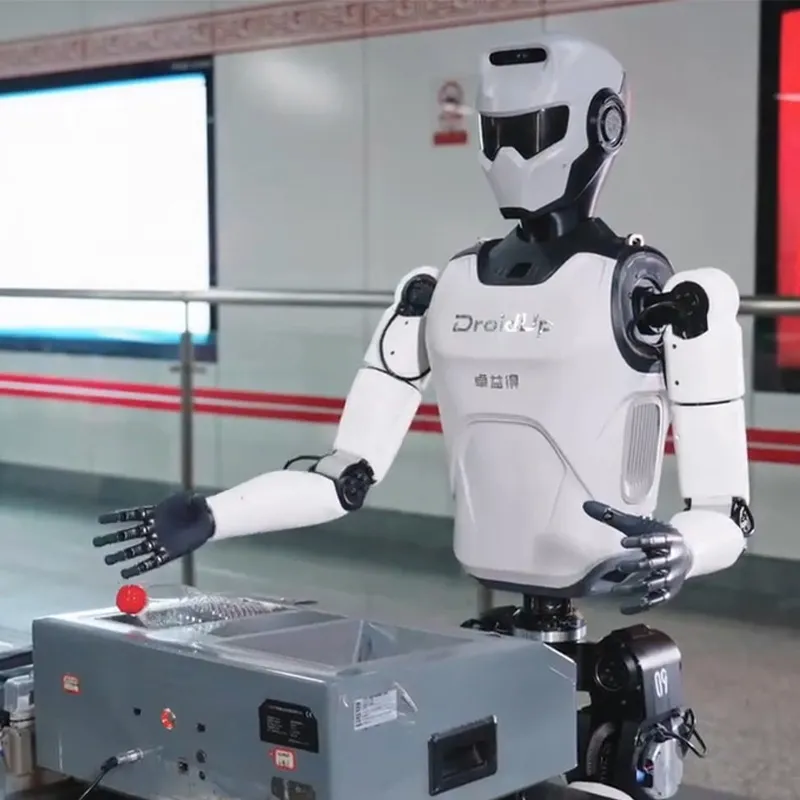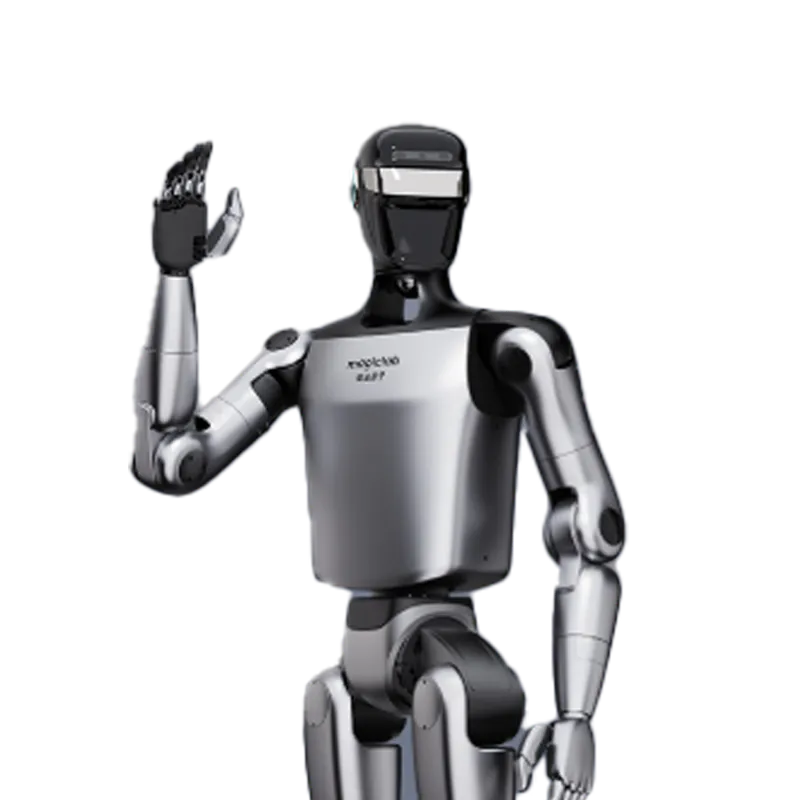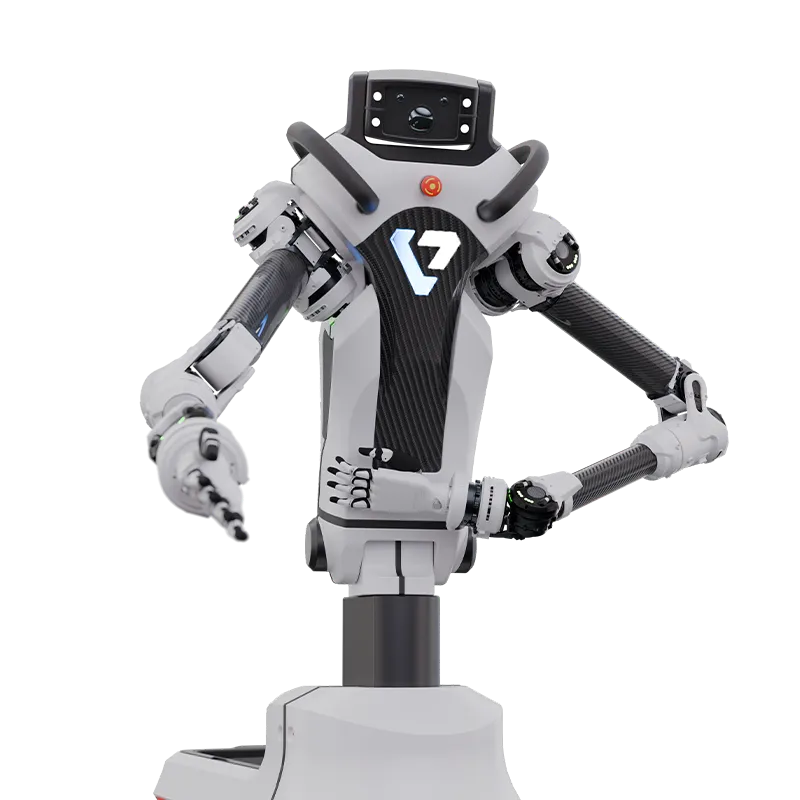Intro
DroidUp is a Shanghai-based humanoid robotics startup emphasizing safe, efficient, and scenario-adapted robot designs to achieve practical mass production. It builds on over 20 years of bipedal walking and cross-modal learning experience, serving scientific research, commercial services, and home healthcare sectors. Notable achievements include establishing the Guinness World Record for longest walking distance by a humanoid robot, releasing “Walker II” modular humanoid with tendon-driven tech, and the “Walker III” robot with enhanced agility, light weight (38 kg), and six-hour battery life. Production scale is increasing from hundreds planned for 2025 to thousands for 2026. The company targets applications including guided tours, industrial inspections, healthcare, and training.
Robots
- Walker 2:
Modular humanoid robot with tendon-driven design focusing on efficient energy use and multi-purpose applications. It competes in global humanoid robot challenges.
Specialism
- Bionic tendon-driven actuators enabling efficient, quiet, and agile bipedal locomotion.
- Strong emphasis on safety standards and real-world scenario adaptation for industrial and service use.
- Energy-efficient designs allowing long battery life and mobile operation.
- Modular architectures supporting flexible deployment and maintenance.
- Embodied intelligence with cross-modal learning enabling natural interaction and autonomous task execution.
- Demonstrated endurance with global recognition (Guinness record for walking distance).
Business Viability
DroidUp has positioned itself as a front-runner in the growing Chinese humanoid robot industry, supported by significant Series A funding (over $14 million) and collaboration with academic institutes like the University of Shanghai for Science and Technology. Its focus on safety, energy efficiency, and practical applications differentiates it from hype-driven peers. With scaling manufacturing in Zhengzhou and planned mass production, DroidUp looks poised to enter broader commercial markets in 2026 and beyond. Its continued R&D investment and government-industry partnerships enhance its growth prospects.






















